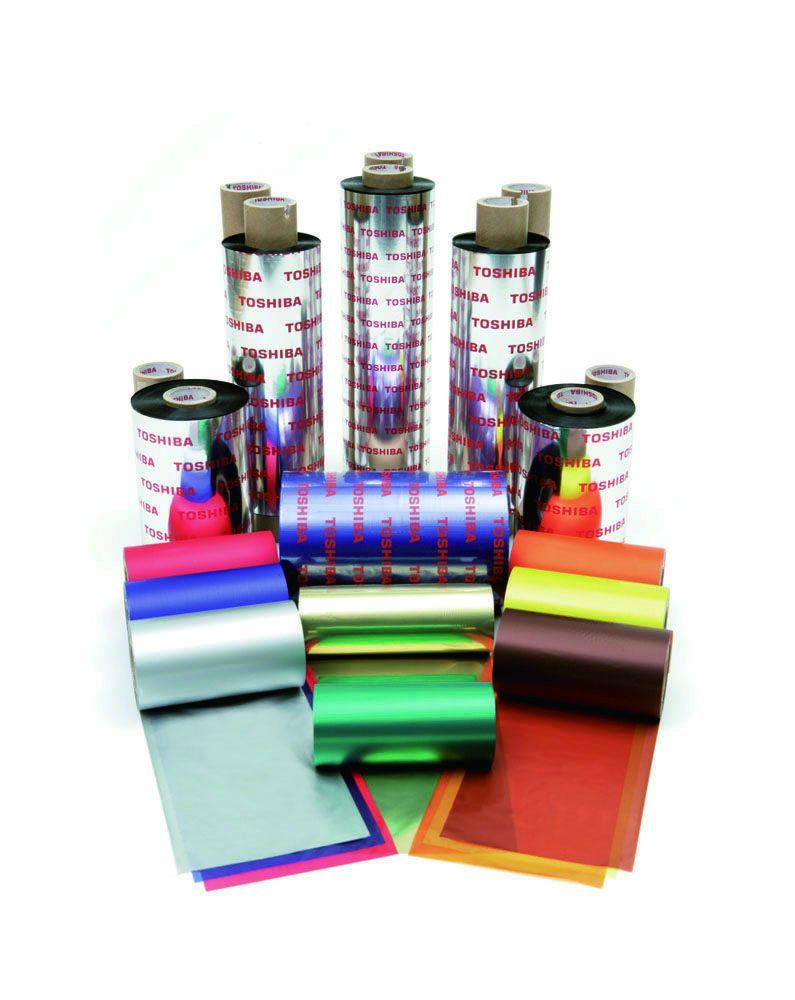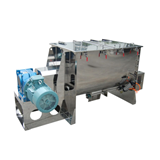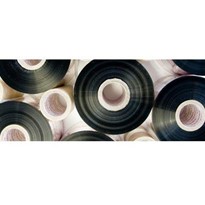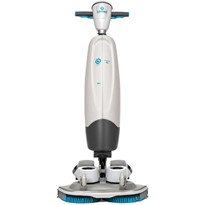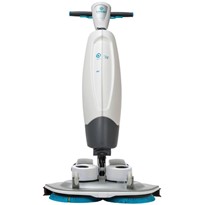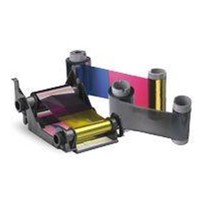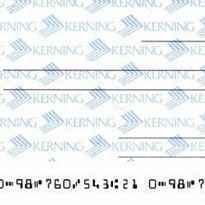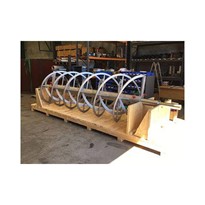The first thing you need to know about ribbons is that there are three types:
- Wax
- Wax resin
- Full resin
Thermal transfer ribbons are made up of several layers. A ribbon will have:
- An ink layer - the surface that connects with the label and melts the ink onto it
- A release layer - ensuring the ink is released onto the label
- A film - to transfer the heat
- A back coat layer - to protect the print head from abrasion
The classifications above refer to the material of the ink layer. As this layer is heated, the ink becomes viscous and is released onto the label. Each of the ink layer materials has different properties, strengths, applications and price points. And each is best suited to specific applications - so let’s take a look:
-
Wax
Wax is the softest of all the ribbon materials - it needs less heat to melt and release the wax. When it is melted, wax can form any shape, so it can fill the miniscule dips and valleys in the paper surface and produce a very dark, crisp image. It literally gets into the grain of the paper, so works best with rougher-surfaced label stock.
There are actually two sub-categories of wax ribbon: Soft and hard.
Soft wax is 100% wax, (sometimes called pure wax, or economy wax) and is the cheaper of the two.
Hard wax, or resin-enhanced wax has a small amount of resin added (but not enough to call it a wax resin), which makes it very slightly more expensive, but does offer greater smudge and scratch resistance.
Pros of wax
- Cost - wax is the cheapest of all the materials, and makes for the lowest cost ribbon
- Higher speed - due to its low melting point, the print head does not need to be heated as long with wax ribbons, allowing for faster printing
Cons of wax
- Short life - when wax is re-heated it can re-shape, so if the label is subject to heat or friction, the printed image can come off or become unreadable, especially on smoother surface or glossier labels. This makes is only suitable for short shelf-life labels and not for freight or warehousing applications
Wax ribbons are great for…
- Shipping
- Retail - price/product labels on goods
- Retail - shelf labels
- Warehousing
- Short-term/temporary/indoor use
Because Australia has very strict regulations about labels being scannable first time, with smudges to be avoided at all costs, wax now only accounts for around 5% of ribbons used here. (In New Zealand, by contrast, it is still used in 80% of cases).
-
Wax resin
These ribbons are coated with a mix of wax and resin and are the most popular, accounting for 75% of the Australian market. The higher the resin content, the more resistant the print. There is no set standard for the percentage of resin, and it will vary by coater. (In the world of ribbons, a coater is the ‘manufacturer’, who makes the ink formulation and the master rolls. A convertor is the ‘wholesaler’, who buys them and splits them into smaller rolls based on label width, winding configuration and printer type).
Pros of wax resin
- Wide range of applications - wax resin ribbons can be used on a wide variety of label stock.
- Long lasting
- Density of colour - Wax resin prints can range from grey to black, with varying densities.
Cons of wax resin
- Price - wax resin is more expensive than wax
- Not good for synthetic or plastic labels - wax resin ink on smooth surfaces will eventually rub off. Given that you would only print onto these materials if longevity matters, you wouldn’t use a wax resin ribbon on them.
Wax resin is great for…
- Shipping labels
- Prescription medication
- Retail goods and shelf labels
- Medium length life
- Labels that will be exposed to tougher conditions, including moisture, handling, scratching, abrasion, sunlight, fridges and freezers
-
Full resin
Resin ribbons are designed for much more specialist use, and therefore account for just 20% of the market. They come in a range of different chemical formulations, each one being specific to a particular application. The resins themselves are sourced from trees, with all the ingredients having to be registered with the Convention on International Trade in Endangered Species (CITES) to make sure it is sourced appropriately and doesn’t impact endangered plants and animals. Resins have a much higher melting point than wax and these high temperatures mean that the ink bonds with the label surface, creating a permanent print.
Pros of resin
- Specialist uses - using differing formulations, resins can be created that are resistant to a range of chemicals and conditions that would otherwise destroy the ink.
- Cannot be removed - if a resin ribbon is paired with the right label surface, it actually bonds the ink to the label so that it becomes indelible, no matter what the circumstances
- Density of colour - Wax resin prints can range from grey to black, with varying densities.
Cons of wax resin
- Price - resin ribbons are considerably more expensive than wax or wax resin, so should only be used where the application demands it.
Resin is great for…
- Labels that will come into contact with chemicals (such as xylene for medical sterilisation) or cleaning detergents
- Laboratories, hospitals, pathology labs
- Labels that will come into contact with motor oil
- Labels that provide wash care instructions on clothes (can be designed to resist a certain number of wash cycles).
- Applications where the label will be heated - packaged hot food or heat sealing machines
- Labels, for example on timber and steel, that will be exposed to outdoor elements including cold, rain and UV.
- Labels that will be used in water - such as labels on scientific ocean equipment
- Labelling for the Globally Harmonized Systems (GHS) used on chemical drums.
- Labels that meet the International Maritime Dangerous Goods (IMDG) regulations, mandating that they remain legible after 90 days in the ocean (BS5609 - marine immersion).


